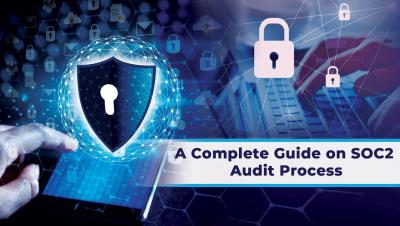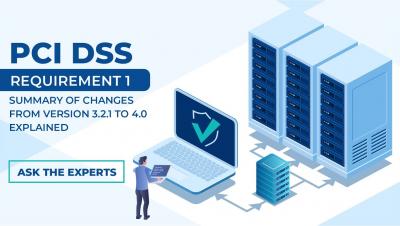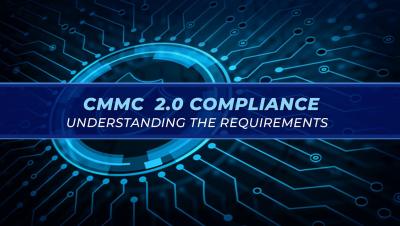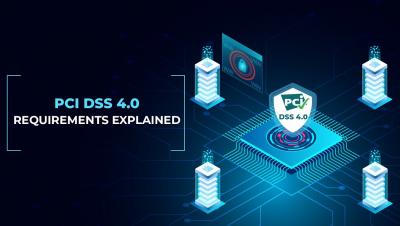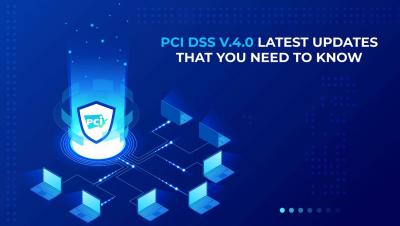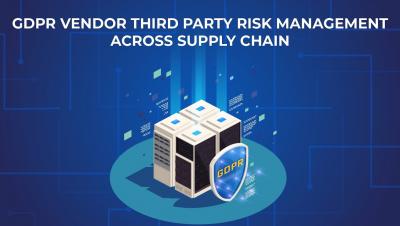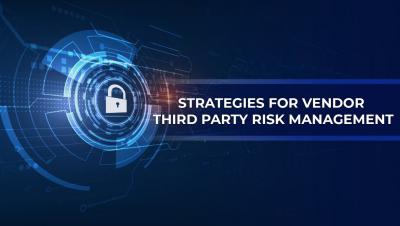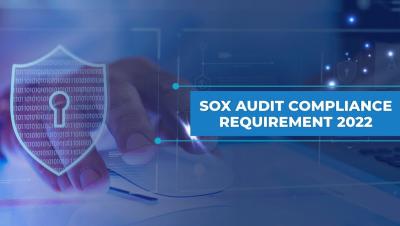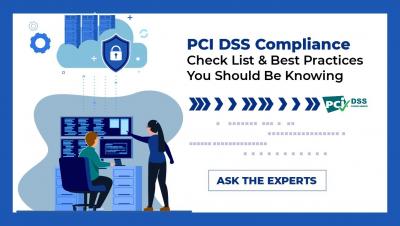A Complete Guide on SOC2 Audit Process
SOC2 Audit can be a daunting task, especially with the detailed assessment process that it involves. Organizations need to prepare for the audit to ensure they meet the requirements and pass the audit. So, for the benefit of our viewers and organization who plan to go through SOC2 Audit, VISTA InfoSec conducted an informative webinar on “A Complete Guide on SOC2 Audit Process”. Watch the video and learn the knack of navigating effortlessly through the audit process and ensuring a successful Audit and SOC2 Attestation.#soc2 #soc2audit


